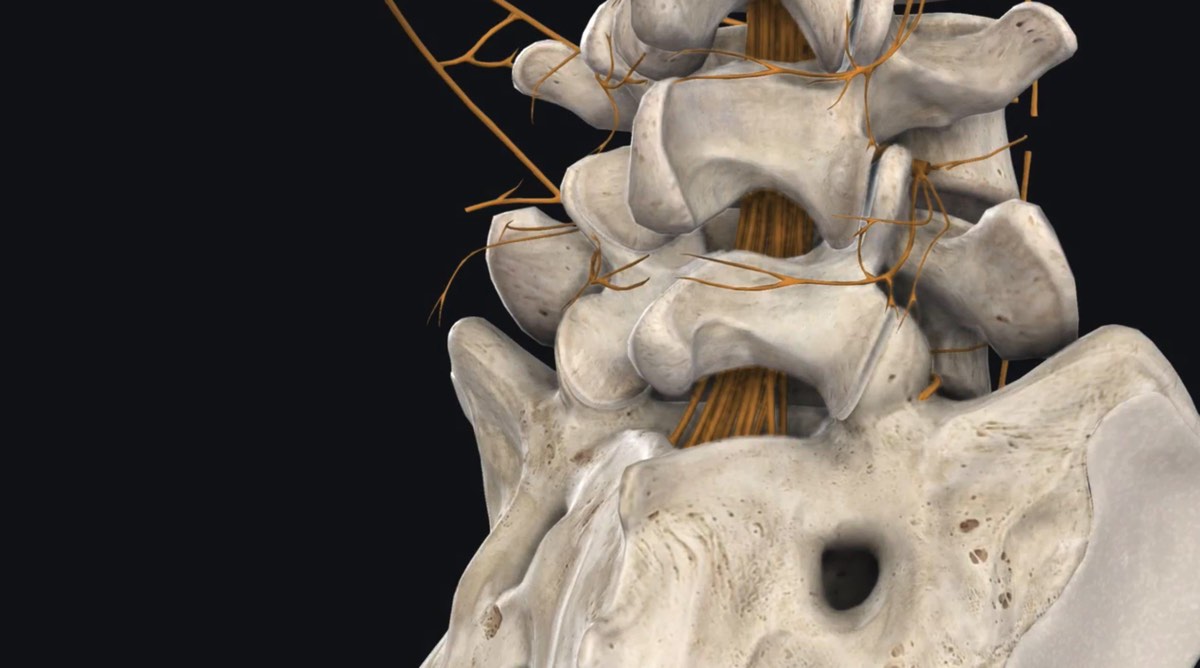The Anesthesiology Channel
October 28, 2011 • Anesthesiology, Oncology, Pathology & Lab Medicine, Reuters Health • The Doctor's Channel Newscast
NEW YORK (Reuters Health) – Testing for autoantibody against the 155-kDa protein is a “highly accurate” tool for diagnosing cancer-associated myositis in adults with dermatomyositis, according to a meta-analytic review of relevant research by researchers from Spain.
“Anti-p155 antibody will help detect occult cancer in adult patients with dermatomyositis,” Dr. Albert Selva-O’Callaghan, Vall d’Hebron General Hospital, Barcelona, told Reuters Health.
“Determination of anti-p155 will be standard, routine in clinical practice in adult dermatomyositis patients at the moment of diagnosis,” he predicted. “New and simpler techniques such as ELISA or immunoblot may enhance the clinical use of this antibody,” he added.
An association between cancer and idiopathic inflammatory myopathies has been extensively reported in the medical literature, Dr. Selva-O’Callaghan and colleagues note in a paper in the journal Arthritis & Rheumatism, available online now.
The risk of cancer-associated myositis is highest in the subset of patients with dermatomyositis. In several studies, the presence of anti-p155 autoantibody has been associated with cancer in adult dermatomyositis patients, they say.
To determine the accuracy of anti-p155 for diagnosing cancer-associated myositis, Dr. Selva-O’Callaghan’s team reviewed six studies that included adults with probable or definite dermatomyositis or amyopathic dermatomyositis, cancer and anti-p155 determination.
Anti-p155 antibody was detected in 66 of a total of 312 study patients. The pooled sensitivity and specificity of anti-p155 for diagnosing cancer-associated dermatomyositis was 78% and 89%, respectively.
“Almost 80% of the pooled sample with cancer-associated myositis tested positive for this antibody, while around 90% of patients without cancer-associated myositis did not,” the authors note.
They also report that a dermatomyositis patient with a positive anti-p155 test had 27-fold higher odds of cancer-associated myositis than a patient with a negative test.
“These results underscore a more important potential role for negative anti-p155 results, which indicate a low probability of cancer-associated myositis in adult dermatomyositis patients,” the authors say.
They say, “In light of the low prevalence of cancer-associated myositis in patients with an initial negative screening evaluation, the cost-effectiveness of frequent, intensive screening for occult malignancy in all dermatomyositis patients (ie, every 6 months or every year during the 3 to 5 years following the myositis diagnosis), as has been proposed by some authors, could be questioned.”
“However, intensive cancer screening could be useful in anti-p155 positive patients, based on their reported higher prevalence of cancer. We consider that in anti-p155 negative patients, clinical follow-up with careful history-taking and patient examination, together with routine cancer screening recommendations according to age and sex, would be a rational approach.”
Summing up, the authors note that cancer screening is common practice in patients recently diagnosed with dermatomyositis, but there is no consensus regarding how and how often screening should be performed. Anti-p155 testing may help guide patient management, they conclude.
Reference:
Usefulness of anti-p155 autoantibody for diagnosing cancer-associated dermatomyositis: A systematic review and meta-analysis
Arthritis Rheum 2011.









